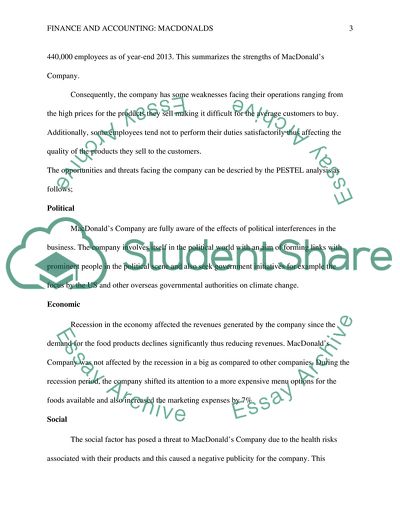Cite this document
(Macdonalds Essay Example | Topics and Well Written Essays - 2500 words, n.d.)
Macdonalds Essay Example | Topics and Well Written Essays - 2500 words. https://studentshare.org/finance-accounting/1871257-macdonalds
Macdonalds Essay Example | Topics and Well Written Essays - 2500 words. https://studentshare.org/finance-accounting/1871257-macdonalds
(Macdonalds Essay Example | Topics and Well Written Essays - 2500 Words)
Macdonalds Essay Example | Topics and Well Written Essays - 2500 Words. https://studentshare.org/finance-accounting/1871257-macdonalds.
Macdonalds Essay Example | Topics and Well Written Essays - 2500 Words. https://studentshare.org/finance-accounting/1871257-macdonalds.
“Macdonalds Essay Example | Topics and Well Written Essays - 2500 Words”. https://studentshare.org/finance-accounting/1871257-macdonalds.


